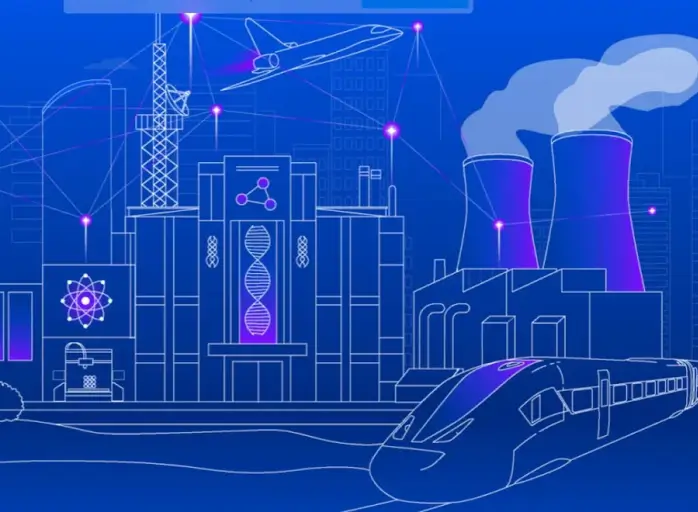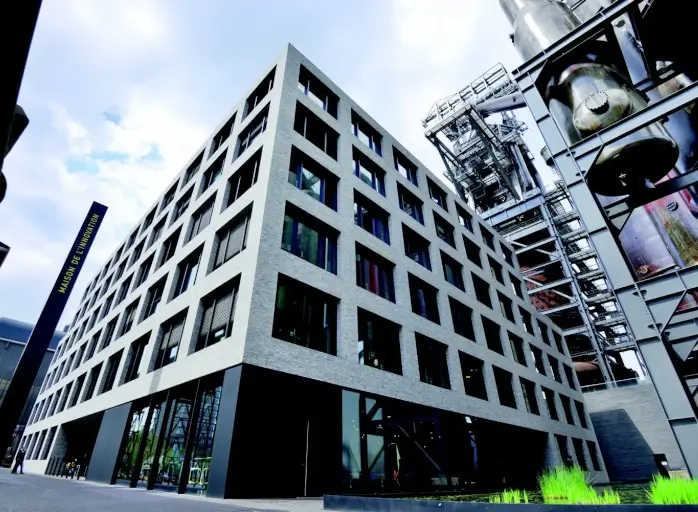

Mastering the Horizon Europe lump sum model
A dedicated session in Luxembourg clarified how this cost model reshapes Horizon Europe projects, simplifying reporting process while requiring sharper planning.
 Jean-Michel Gaudron
Jean-Michel Gaudron
On 20 November, Luxembourg’s research and innovation community gathered for a focused “Brunch with the Coordinators”, dedicated to the Horizon Europe lump sum cost model. The session brought together experts actively involved in EU-funded project design and coordination, offering practical insights into one of the EU’s most significant shifts in funding practice.
The event, hosted by Luxinnovation as National Contact Point for Horizon Europe programme, featured contributions from Francesca Borrelli and Nancy Ramia, senior advisors within Luxinnovation’s EU Funding team; Despina Anastasopoulos, Programme Manager for Research & Innovation Development at Netcompany; and Ulrich Genschel, Head of sector for the Simplification of Horizon funding at the European Commission (RTD.H3).
Success isn’t about spending money, it’s about completing activities. Nancy Ramia, Luxinnovation
The core message was clear: the lump sum model fundamentally changes how beneficiaries design and manage EU projects. As Nancy Ramia emphasised, “Lump sum model is a real shift: no timesheets, no invoices, no cost audits, just focus on delivering your work. Success isn’t about spending money, it’s about completing activities. And remember, the Luxembourg NCP team is here to guide you every step of the way.”
The first session, led by Luxinnovation, detailed the key characteristics of this cost model. Unlike actual cost grants, lump sum funding requires no financial evidence on the work done (no invoices, no timesheets, and no financial audits). Payments are made based on the completed activities described in the work packages. Beneficiaries must therefore pay particular attention during the proposal stage, ensuring that tasks, roles, and responsibilities are clearly defined.
A strong experience from Luxembourg’s R&I ecosystem
Netcompany then shared hands-on experience from coordinating lump sum projects. Their presentation highlighted practical challenges, such as maintaining consistent communication within the consortium and ensuring that all partners understand what constitutes “completion” of a work package. Their experience demonstrated that early discussions, realistic workload estimations and continuos internal reporting mechanisms are crucial for smooth implementation.
The lump sum model simplifies processes. Francesca Borrelli, Luxinnovation
The final part of the event took the form of an open discussion, allowing participants to raise questions directly with the representative from the European Commission. Topics included evaluation of the budget at proposal stage, unsuccessful research results, handling partially completed work packages—where cuts can happen – though these situations are not the norm- and addressing unforeseen changes through amendments. The European Commission stressed that its aim is never to penalise beneficiaries but to support successful execution of projects.
Francesca Borrelli encapsulated the strategic mindset required: “The lump sum model simplifies processes, but success depends on careful planning and clear communication inside the consortium and with the European Commission.”
With Horizon Europe continuing to adopt lump sum grants across several clusters, understanding this model is essential for Luxembourg’s R&I ecosystem. Luxinnovation, as the National Contact Point, stands ready to support organisations in navigating this transition.







